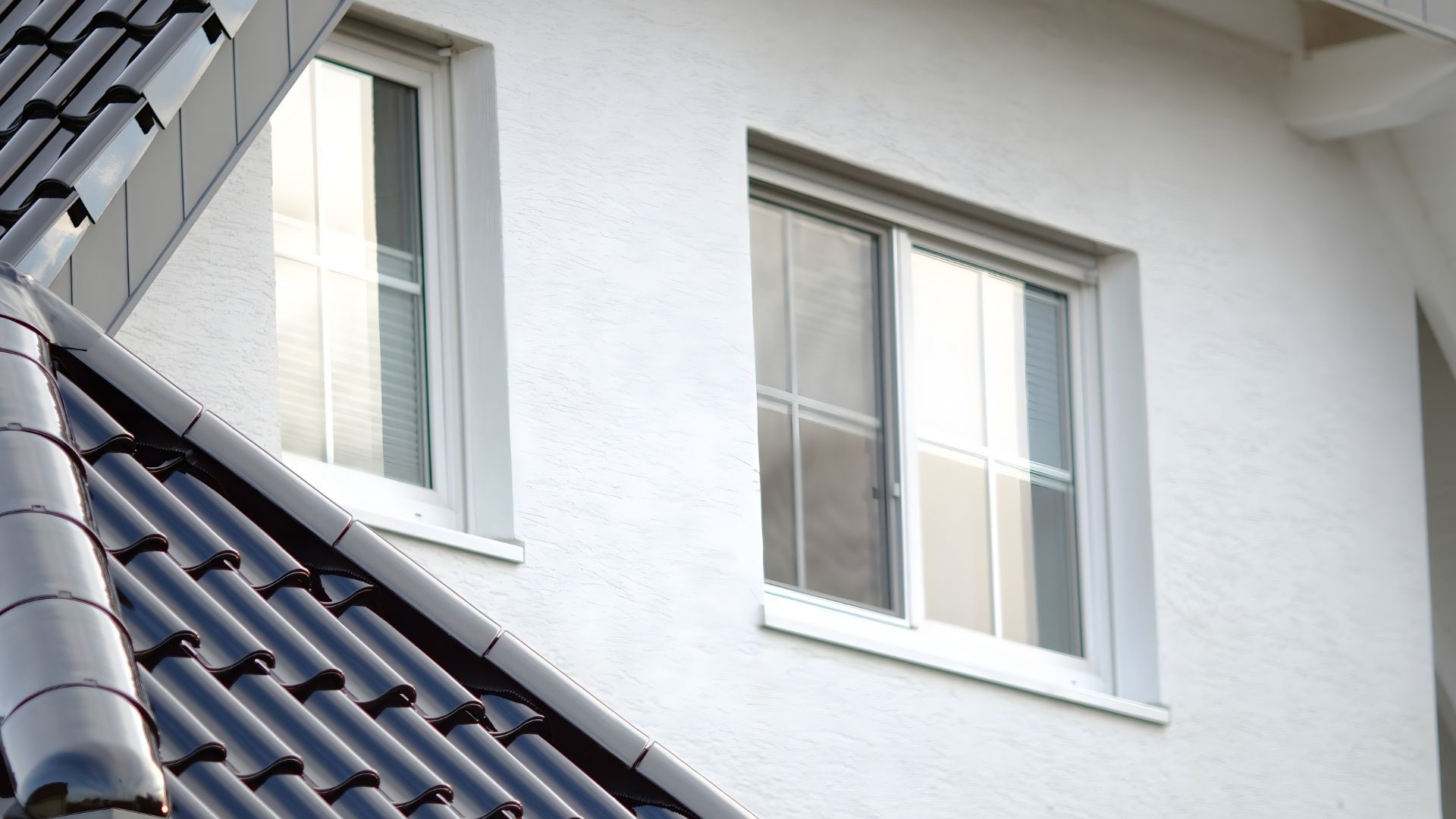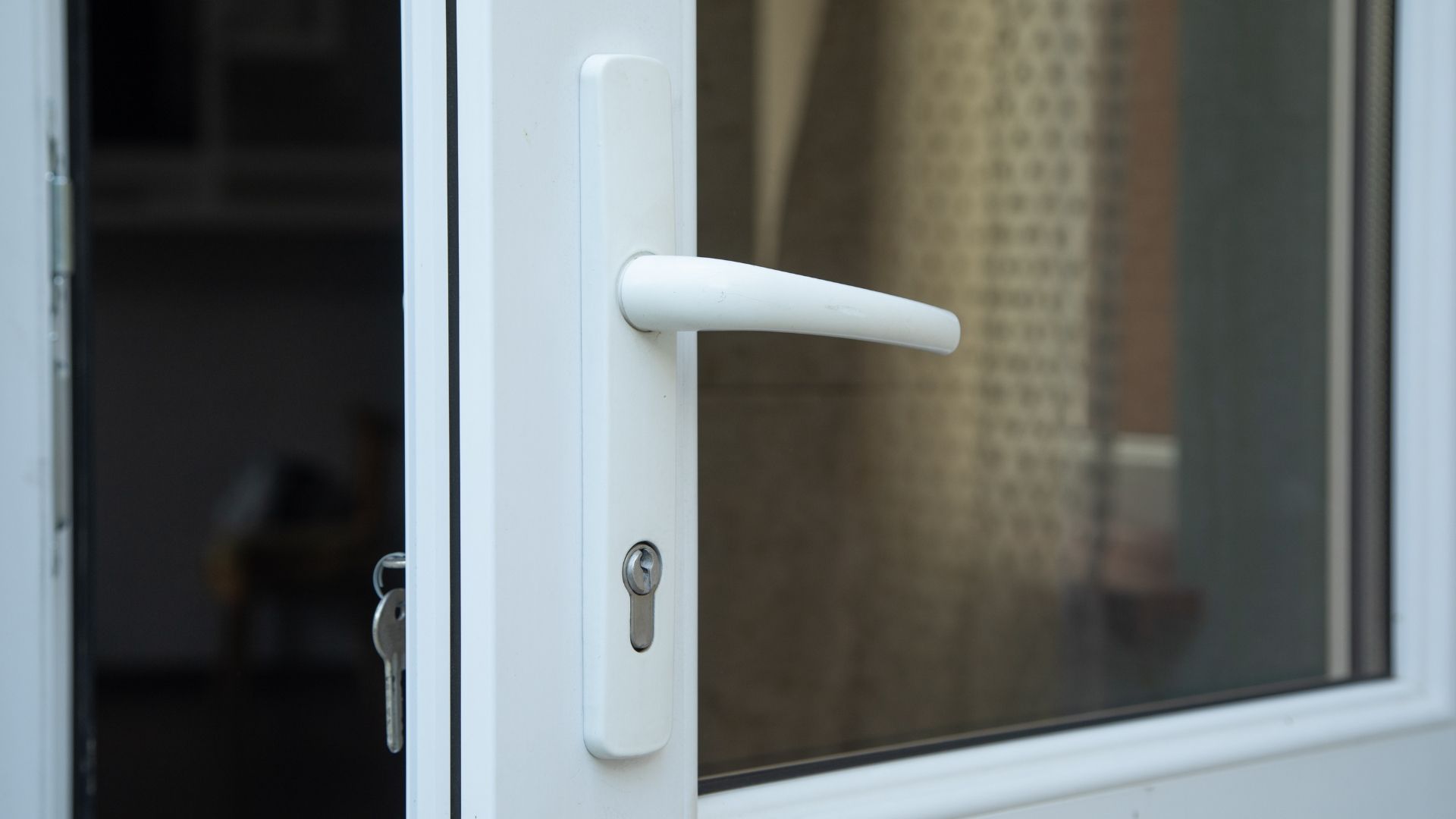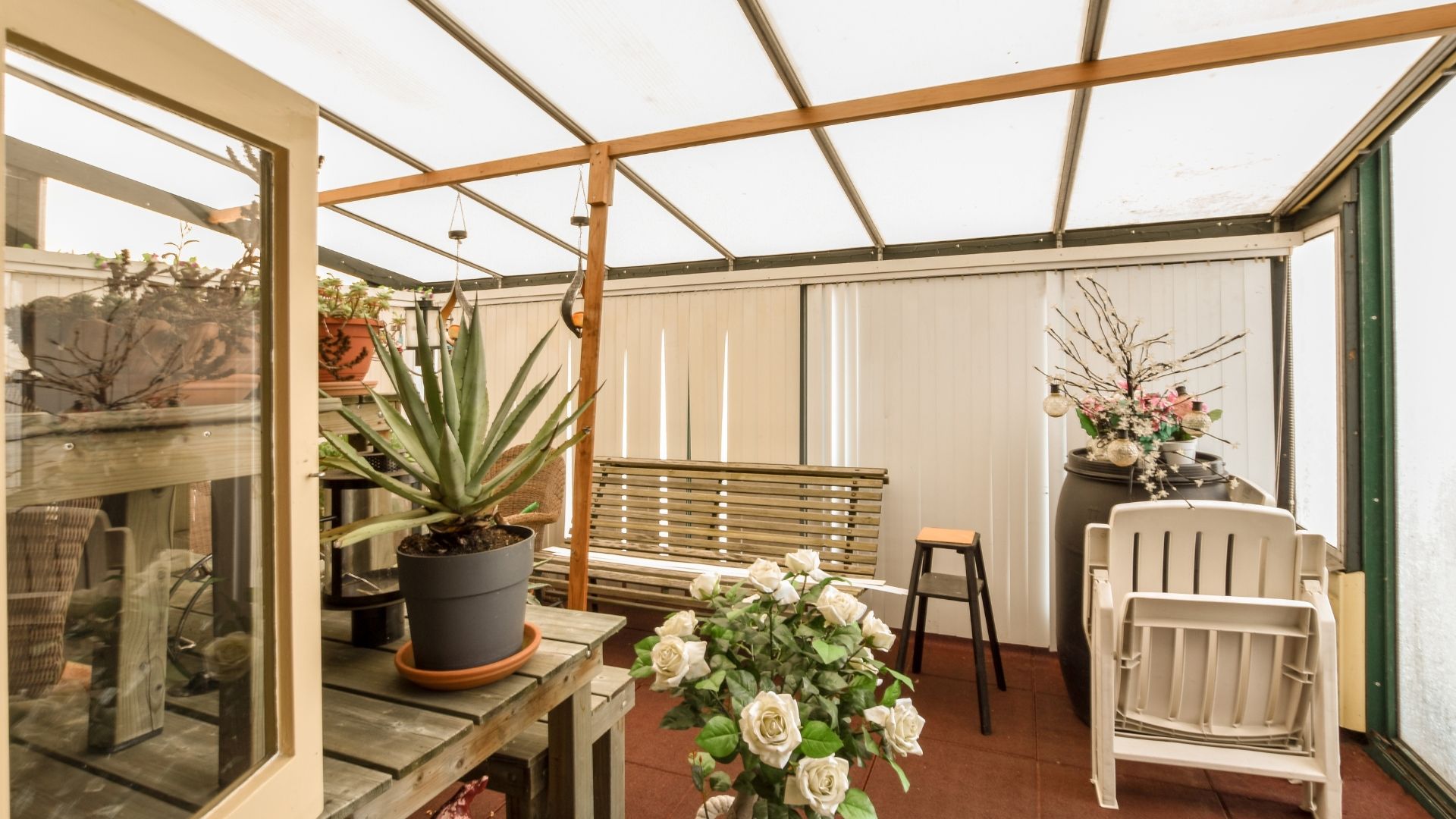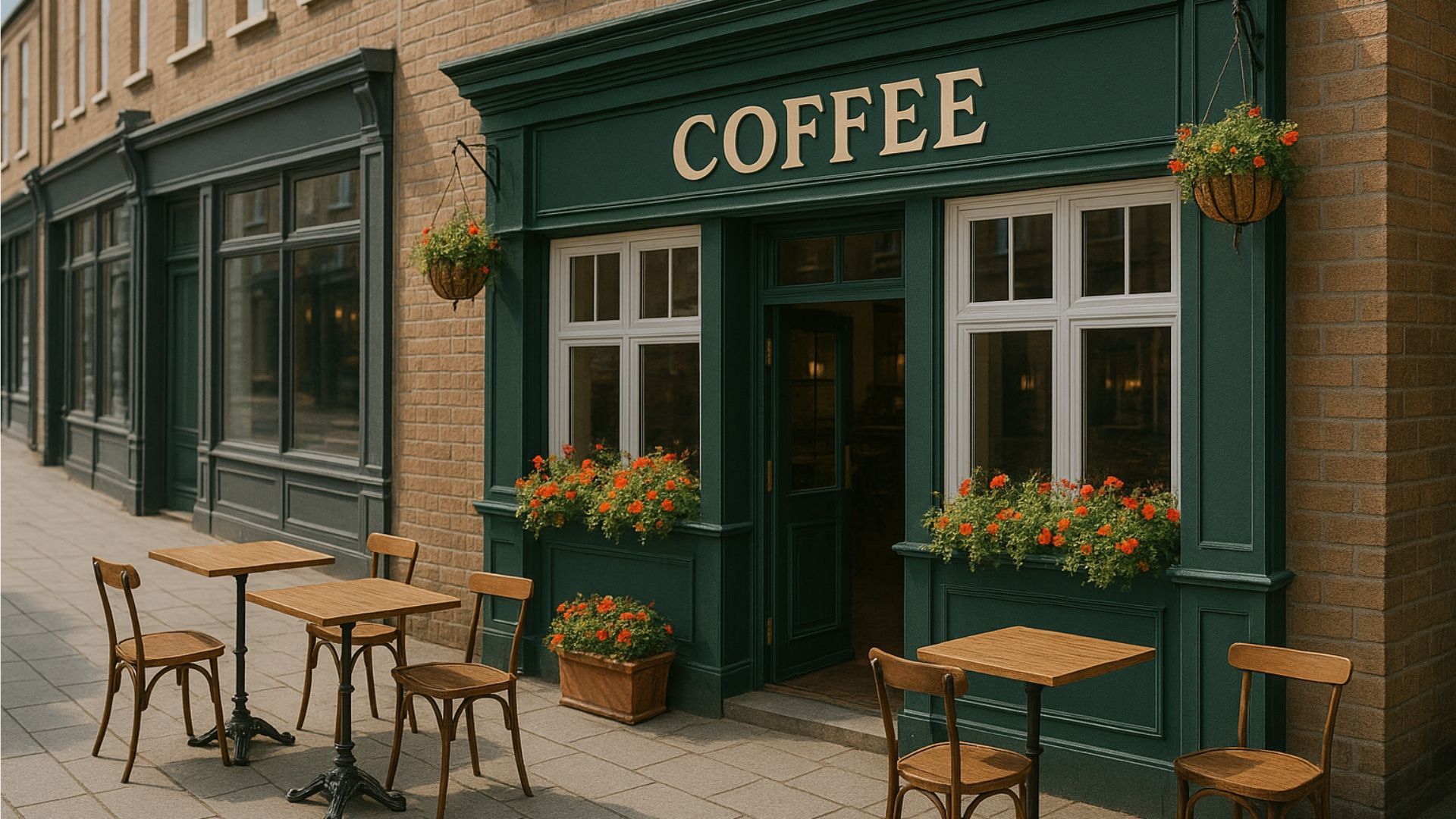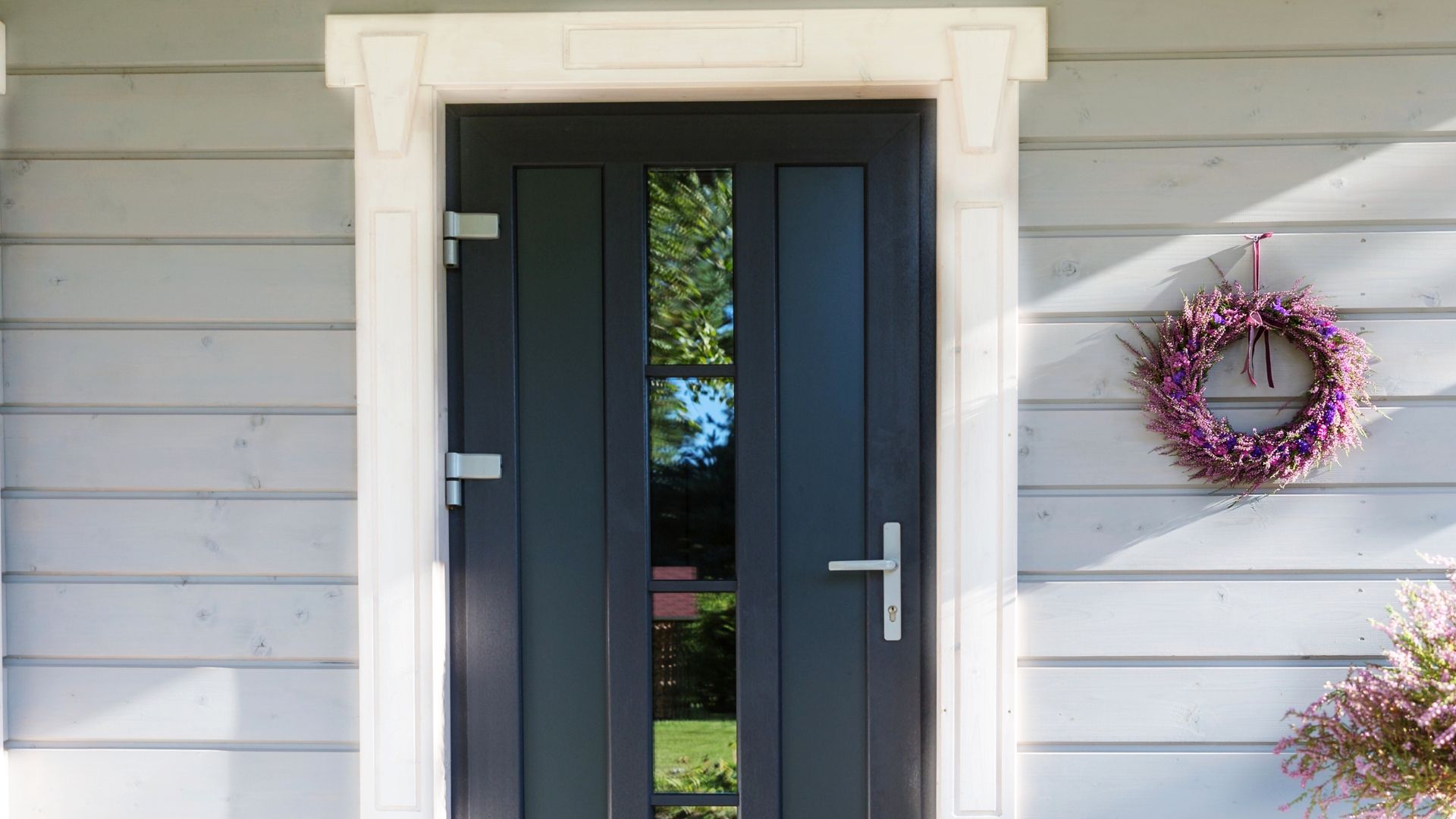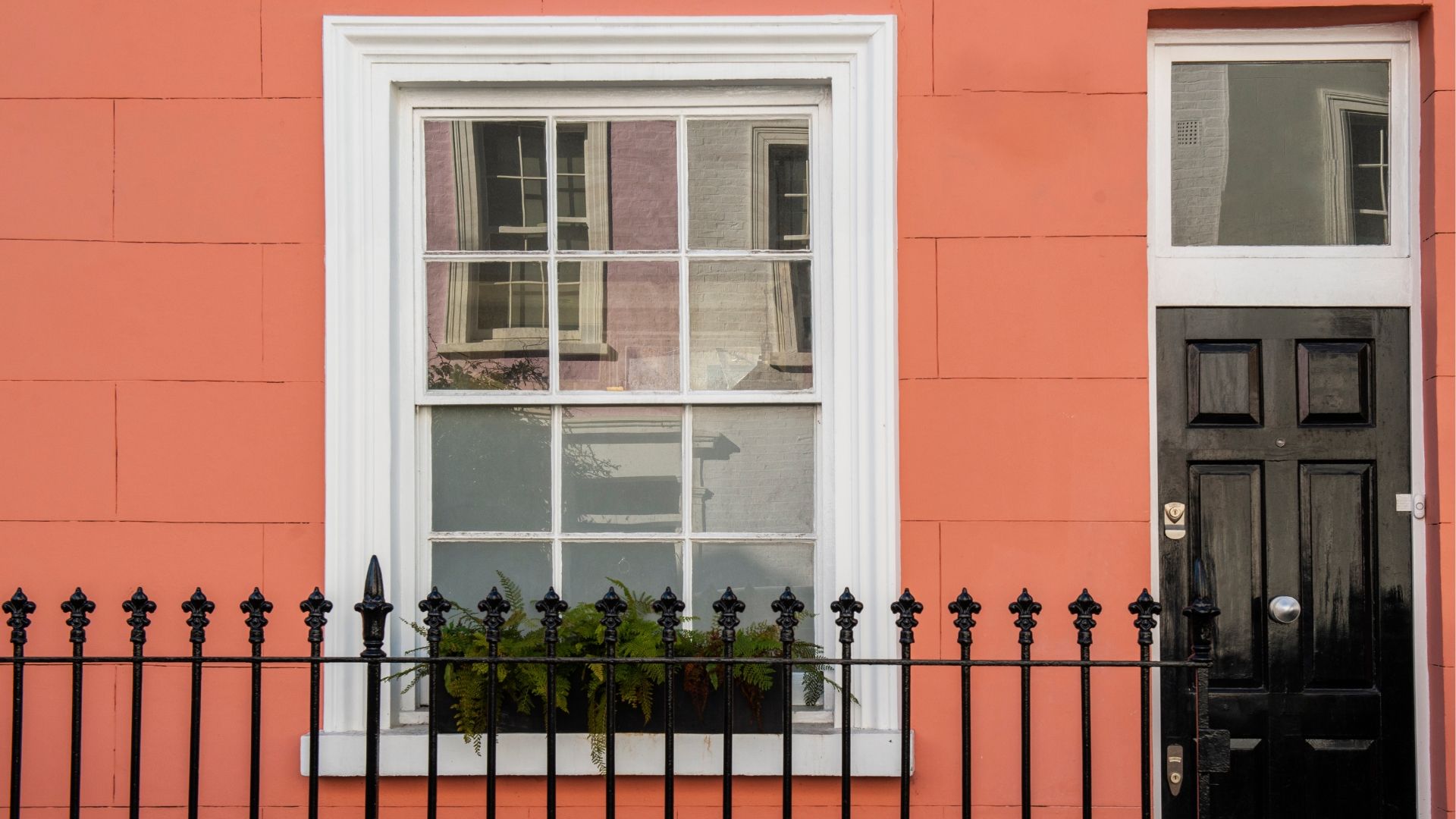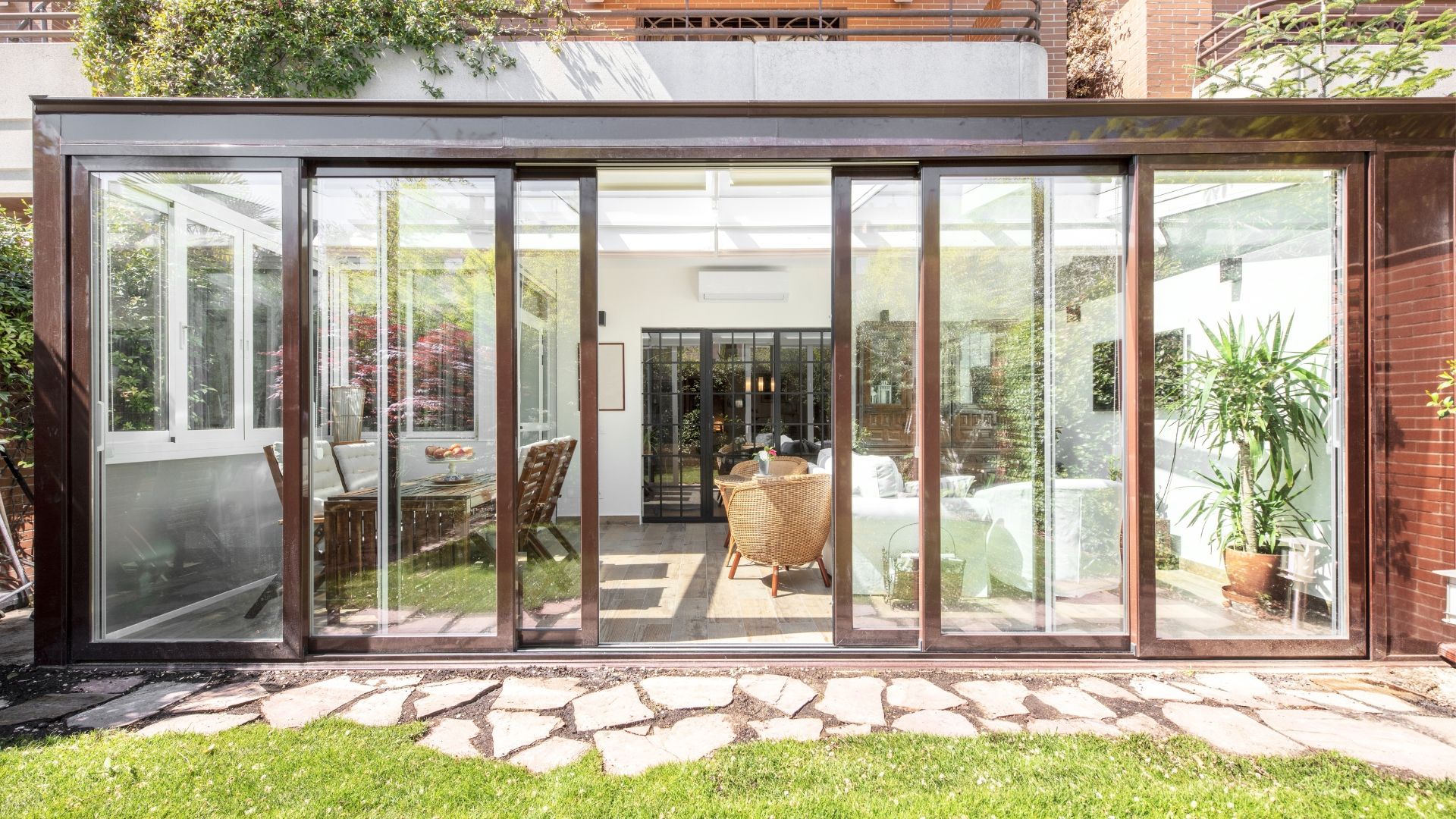How are double-glazed windows made?
Ever wondered how double-glazed windows are made? The truth is more fascinating than you might think. Join us as we explain the nuts, bolts and argon.
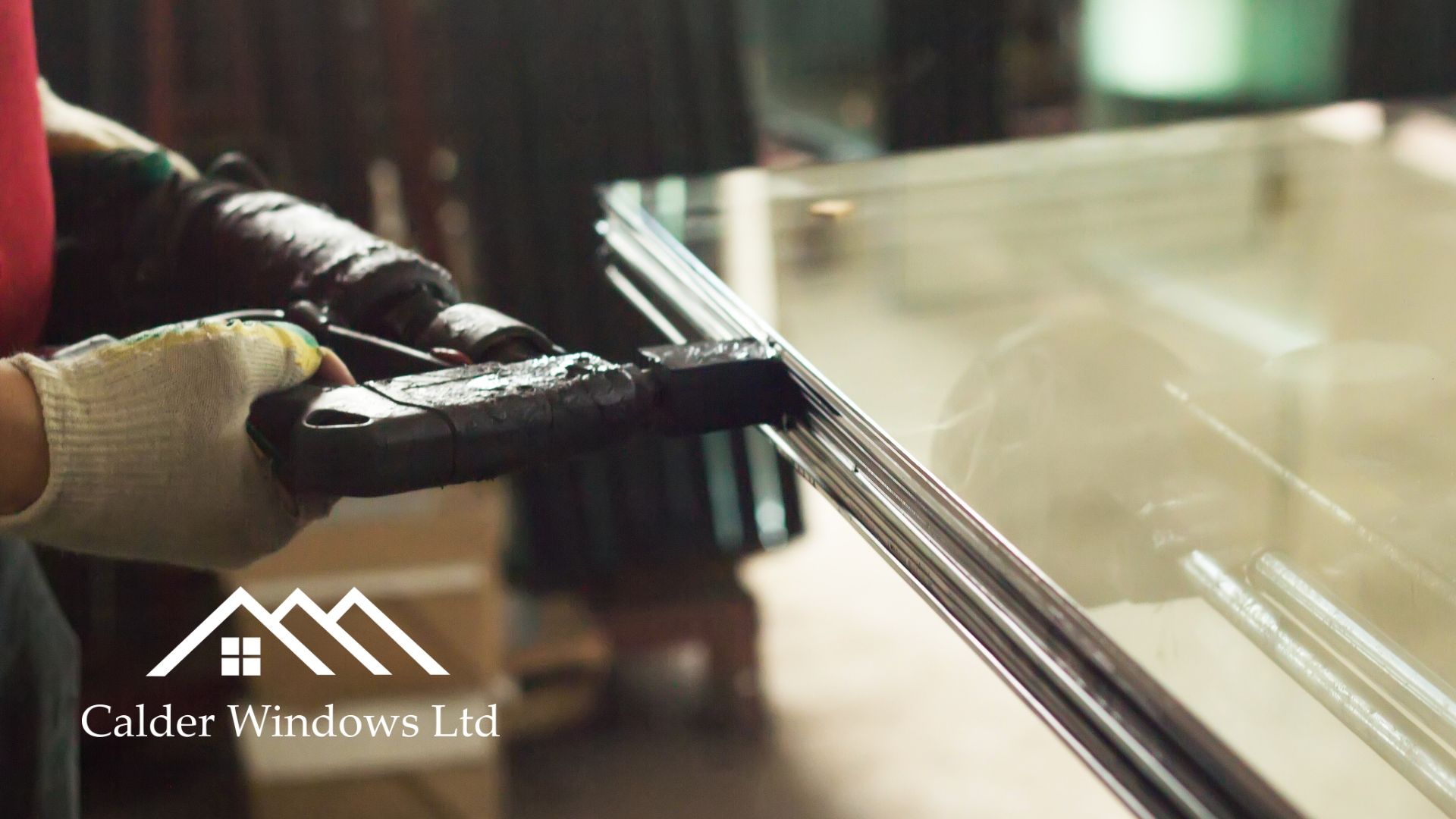
These days, double-glazed windows are as common as double duvets or double entendres.
And while they do a very important job, they're unlikely to be the last thing on your mind before you nod off into dreamland. They're everywhere – but for many of us, they're also kind of just
there.
So, let's kick things off with some congratulations. To you, the reader. If you've found this blog, you're part of an exclusive club – a club of inquisitive folk who, at some point or other, have wondered how double-glazed windows are made.
That deserves a pat on the back. Not everybody has that kind of insatiable curiosity.
Perhaps you've thought to yourself, "They can't just be two sheets of glass in a frame. There has to be an interesting story behind how they're manufactured."
And you'd be right.
The anatomy of a double-glazed window
Before we explain how double-glazed windows are made, let's cover
what
they're made of and how the different ingredients fit together. This will make everything easier to understand.
The anatomy of double glazing is pretty well-established at this point. Double-glazing manufacturers create things called sealed units. These are the core elements of double-glazed windows – and their design is more or less standardised across the industry.
Here's a cross-section of a uPVC sealed unit.
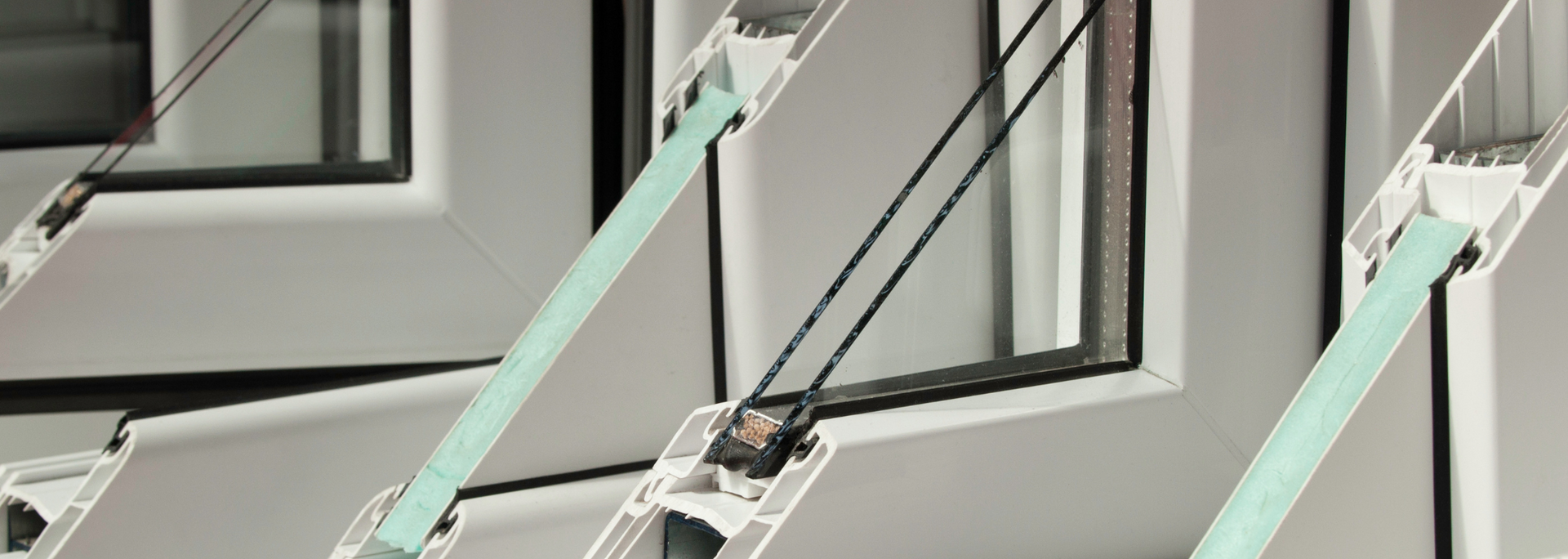
It might look complicated – and it is if you zoom in on all the individual parts. However, its basic design is very easy to understand. It consists of a uPVC frame, two panes of glass and a spacer bar. The frame and the spacer bar hold the glass in place and create an air gap between the two panes.
Typically, this frame sits within a larger frame, allowing the window to open and shut.
Simple, right? Different types of windows differ on the details – they might use different kinds of glass or vary the width of the spacer bar, for instance. But in essence, all double-glazed windows follow this basic design.
That doesn't mean that all double glazing is created equal, though. If companies cut corners at the manufacturing stage, you could end up with a window that underperforms in terms of heat retention. That's why it's really important to choose a reputable supplier that sources high-quality products from equally reputable manufacturers.
How is double glazing manufactured?
Double-glazed windows are available as made-to-measure units or straight off the shelf. In either case, the glass, frames and spacer bars are made to size and then assembled in a specialised facility.
It's not just a case of sticking the parts together, making a cup of tea and clocking off for the day, though. Modern double-glazing panels are not separated by air – they use a special type of inert gas called argon instead. And that argon has to get between the panes somehow.
There are two ways to achieve this.
The first is to assemble the parts, drill holes in the frame and pump the argon inside. This process is relatively simple and gets good results. The trade-off, however, is that a little air will inevitably get inside the sealed units before they're sealed off.
The second and more complex method is to use an argon-filled chamber. In this process, the sealed unit is assembled, save for one pane of glass. The half-assembled unit then passes through the argon chamber, where the final pane of glass is pressed into place. This traps the gas inside and ensures that the window is filled with all argon – and no air.
Finally, a sealant is applied around the edges of the glass to keep the unit airtight. It's now ready to fit into a frame and begin its new life as a full-fledged double-glazed window.
How do manufacturers prevent condensation inside the window?
Sealing off the window helps a whole bunch. This traps the gas inside and stops moist air from entering the gap between the panes.
Even so, sealed units often end up with a little moisture inside after the manufacturing process. This is because the panes of glass are cleaned before assembly – and they may still have a bit of water on them when they're fitted.
So, to prevent moisture build-up, the spacer bars are filled with a desiccant. This is a special substance that absorbs moisture from the air and helps prevent condensation from forming between the two panes of glass.
Have you ever bought a pair of shoes and found a tiny sachet of silica gel within the box? That's a kind of desiccant.
Double-glazing manufacturers, however, use desiccants that are specially designed for windows.
Why go to all this trouble?
Double-glazed units are precisely manufactured and carefully sealed to make sure that the argon stays in place for the life of the window.
But, you may be thinking, why bother? And why use argon, anyway?
Double-glazing manufacturers go through all this trouble for one simple reason: the glass isn't the most important part of a double-glazed window. It's what's between the glass that counts.
This air gap (or, rather, "argon gap") is what gives double glazing its heat-retaining superpowers. Heat has a hard time getting through the sealed gas between the two panes. This means that warm air stays in, cold air stays out and – fingers crossed – your heating bills remain manageable.
Argon is used because it's a bad heat conductor. It acts like a fur coat for your home, trapping heat inside and keeping you toasty on those cold winter nights.
In the old days, manufacturers didn't use argon. They used common-or-garden air. But nowadays, argon is pretty much the standard because it's a whole lot more effective.
In the industry, these kinds of argon-filled sealed units are known as "gas fills". If you order a double-glazed window nowadays, you can be pretty sure you're getting a gas fill.
Talking of ordering double-glazed windows, that's pretty much our "thing". Here at Calder Windows, we've installed
windows in Wakefield and West Yorkshire for more than 30 years. Trust us for an impeccable installation and high-quality products, every time. Need a quick, fair quote? Don't hesitate to
get in touch.
Get a FREE quote
Are you on the lookout for uPVC window fitters in Wakefield or West Yorkshire? With over 30 years' experience and an extensive range of uPVC windows, we can help. Request a quote today or apply for finance and spread the cost.

